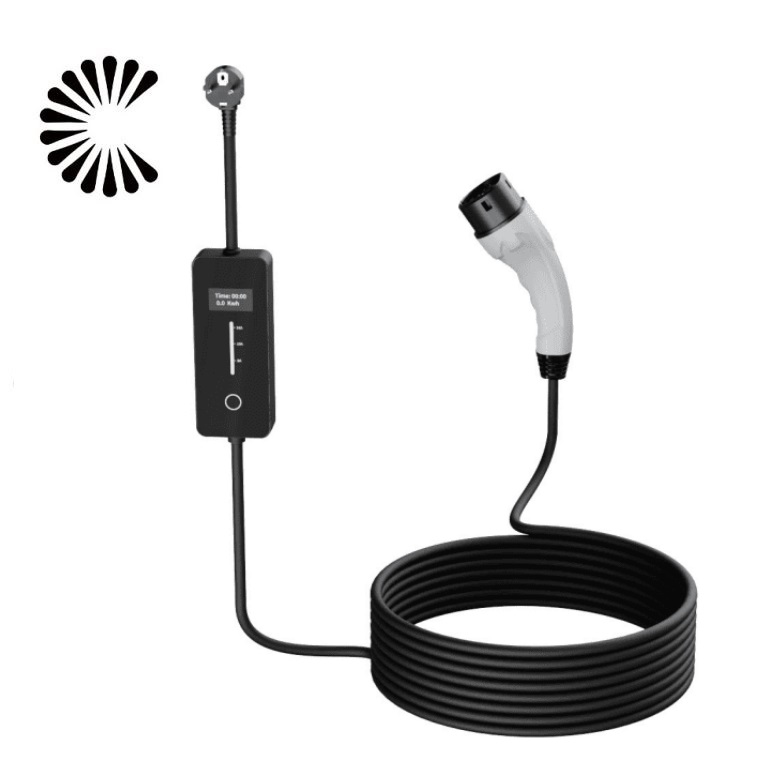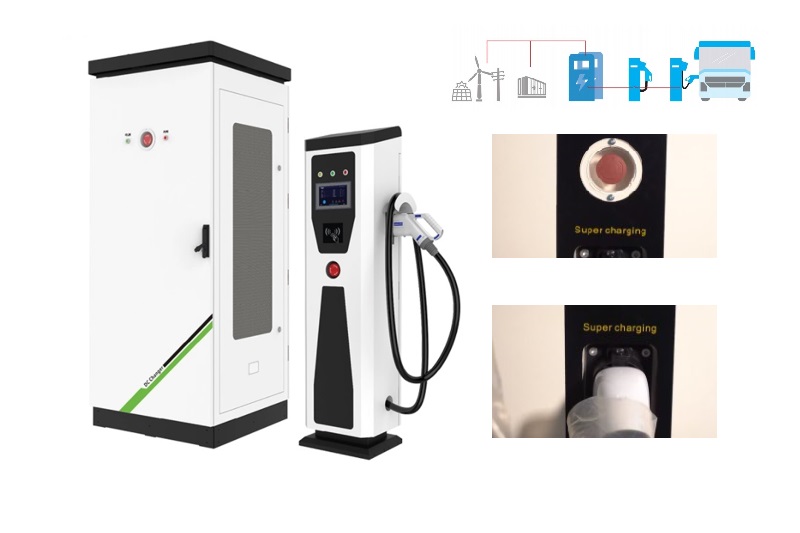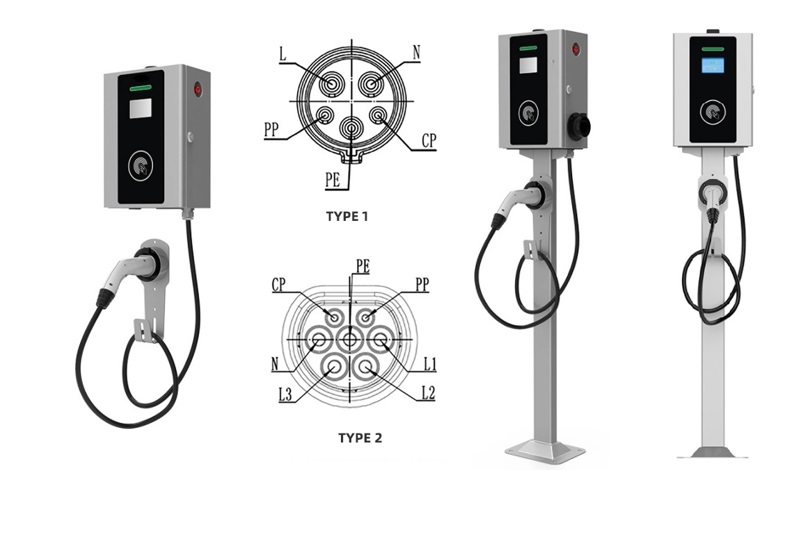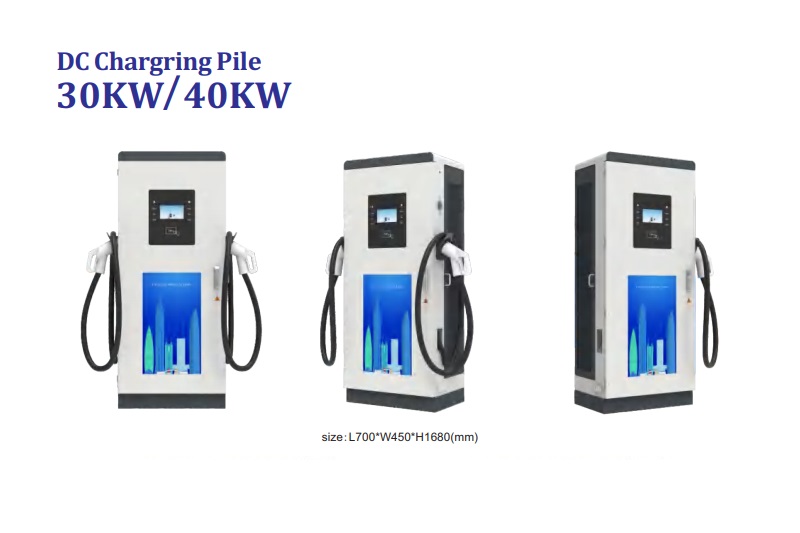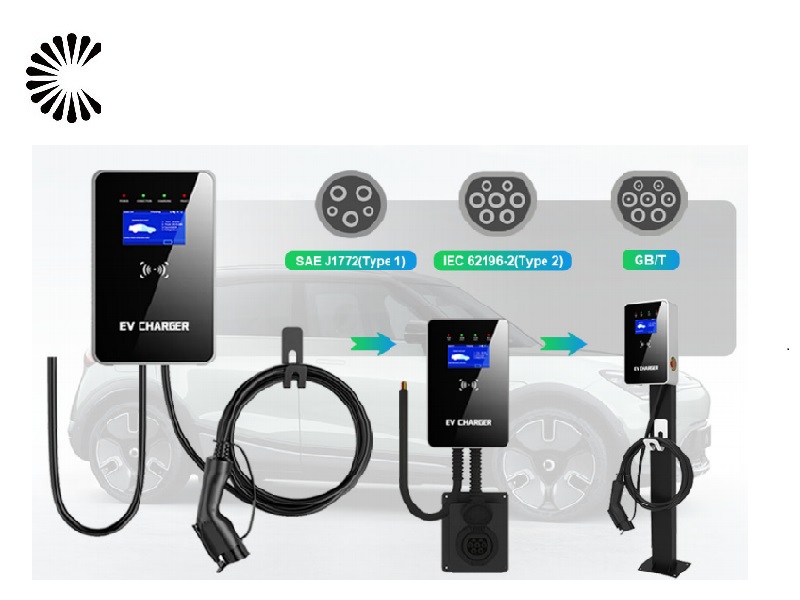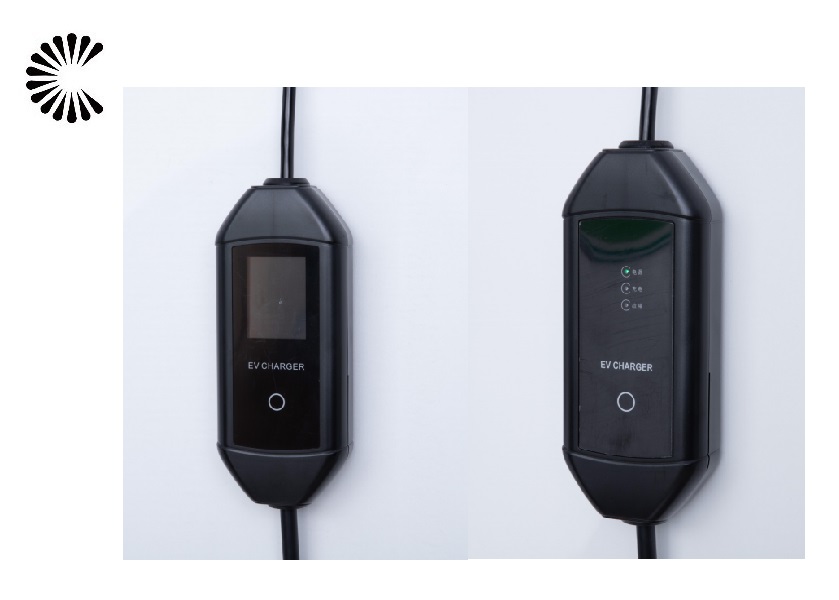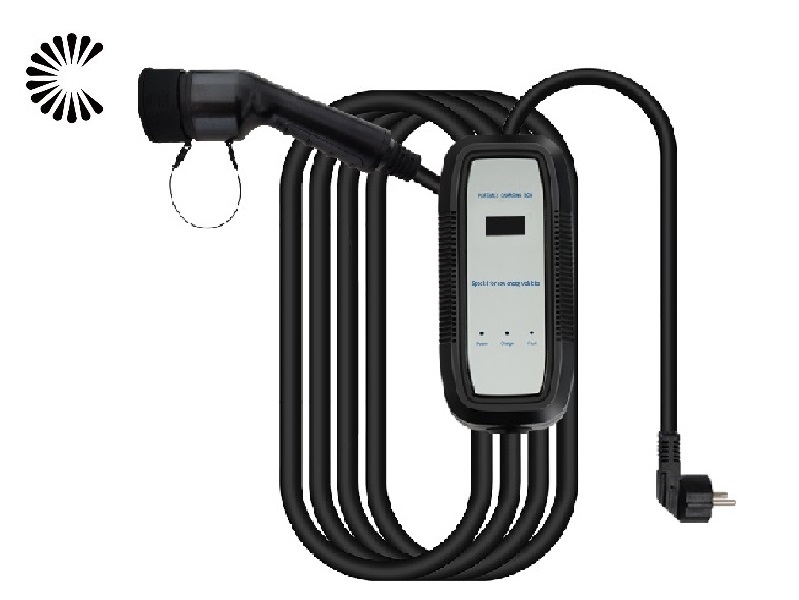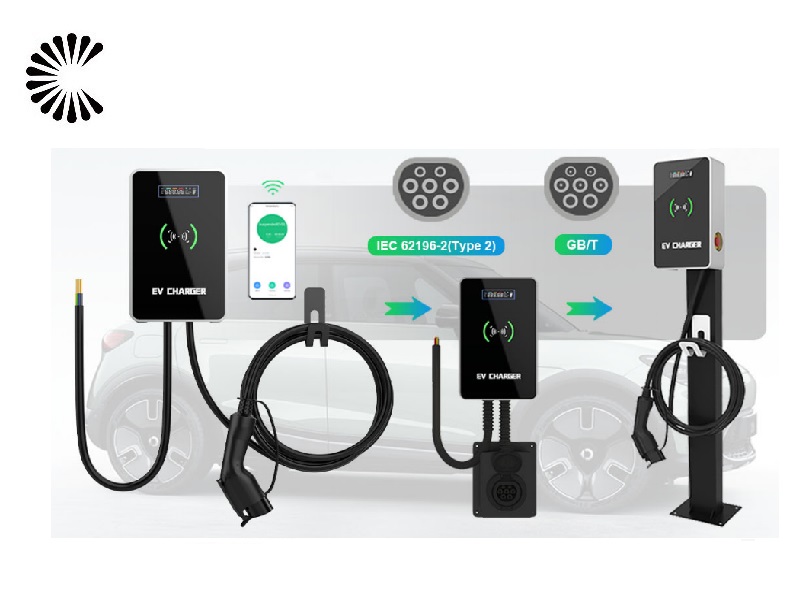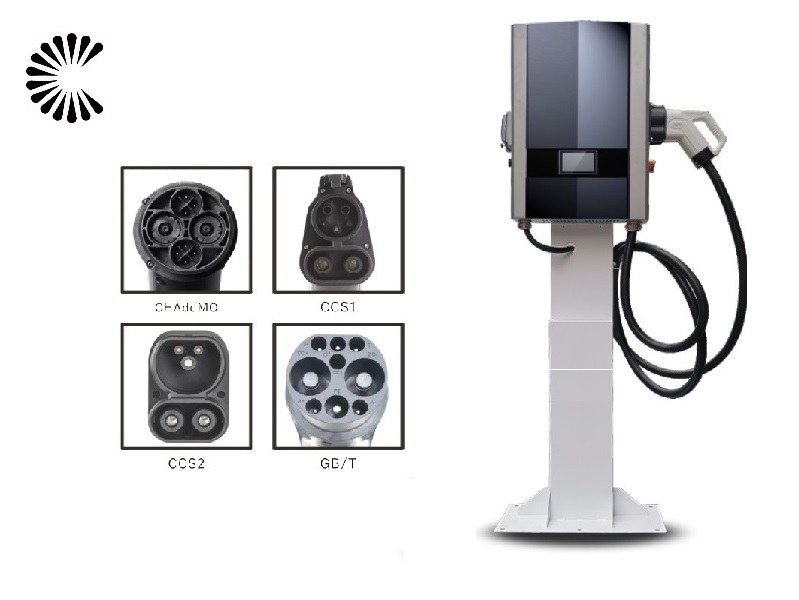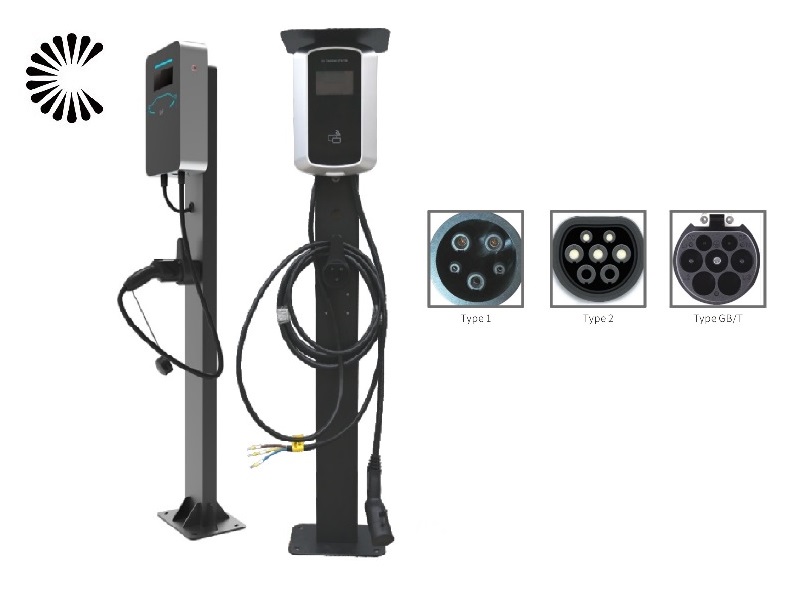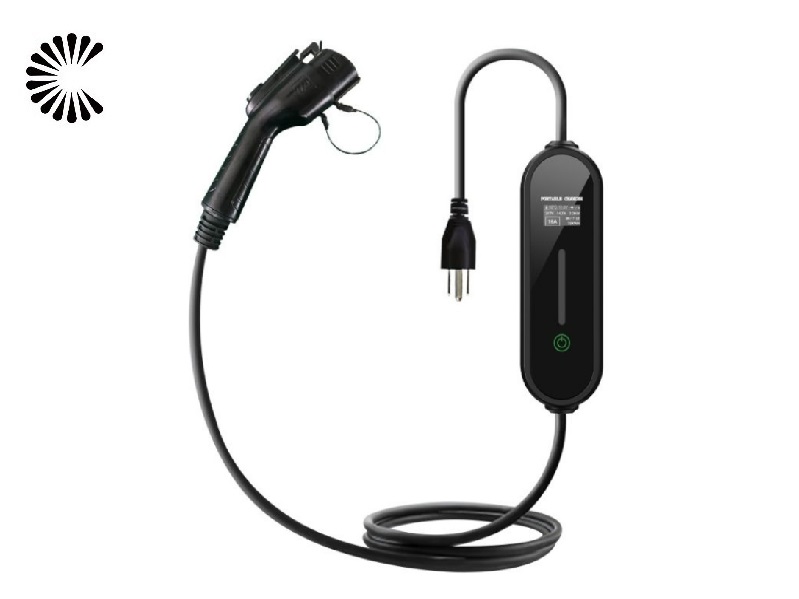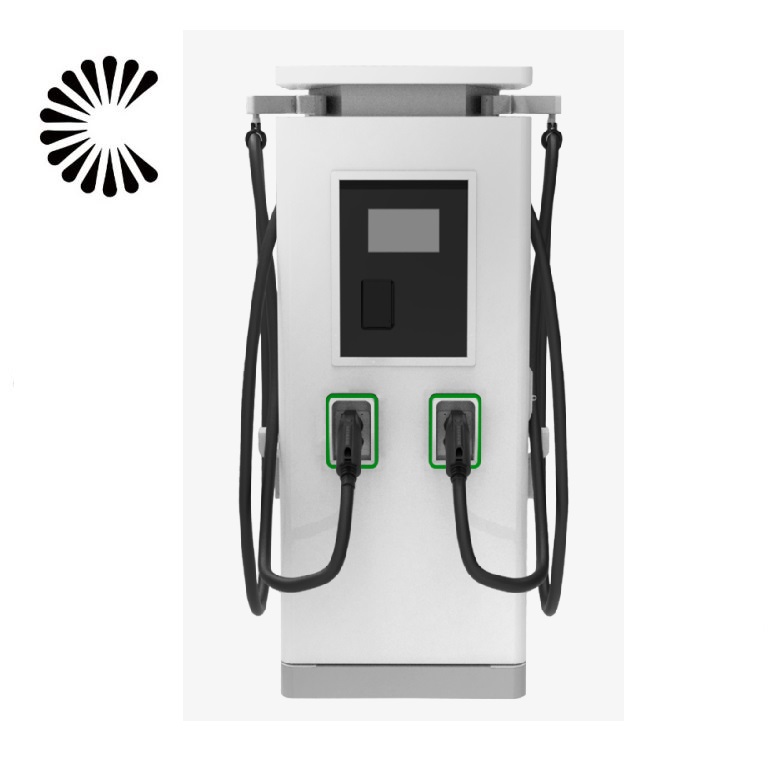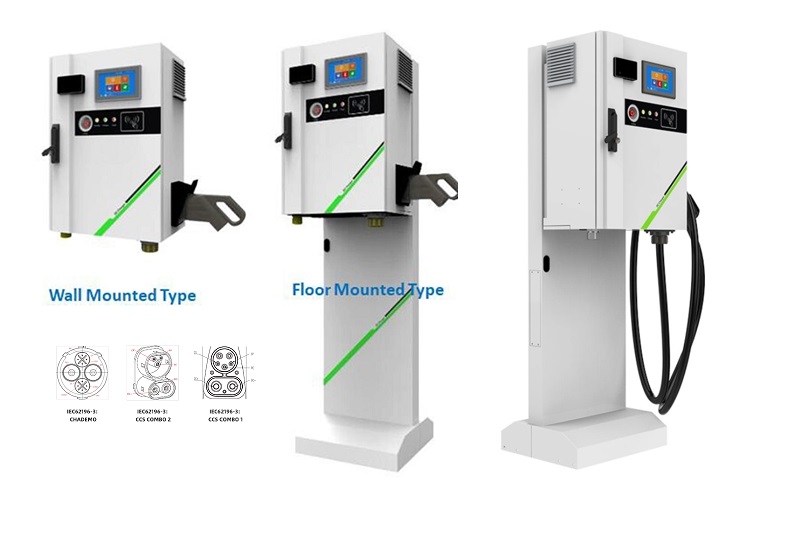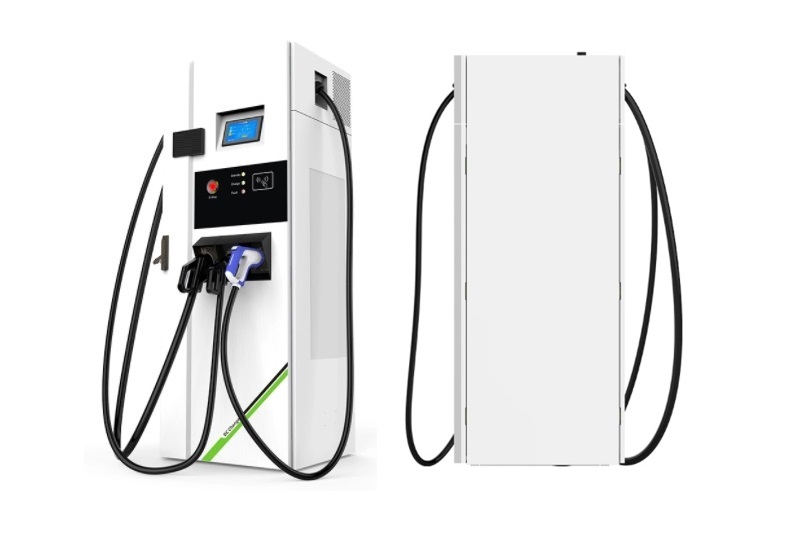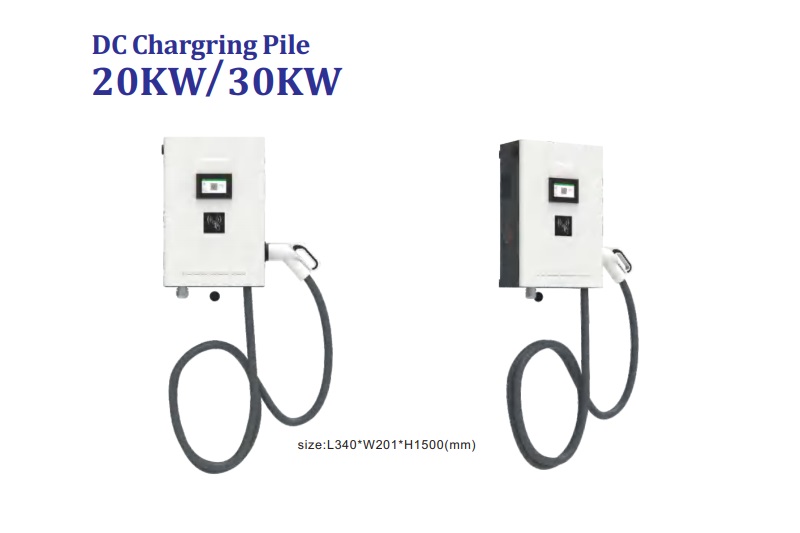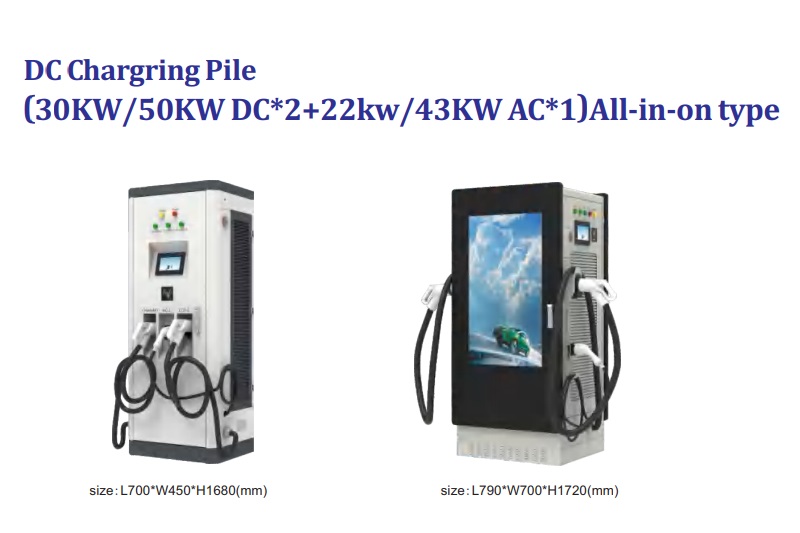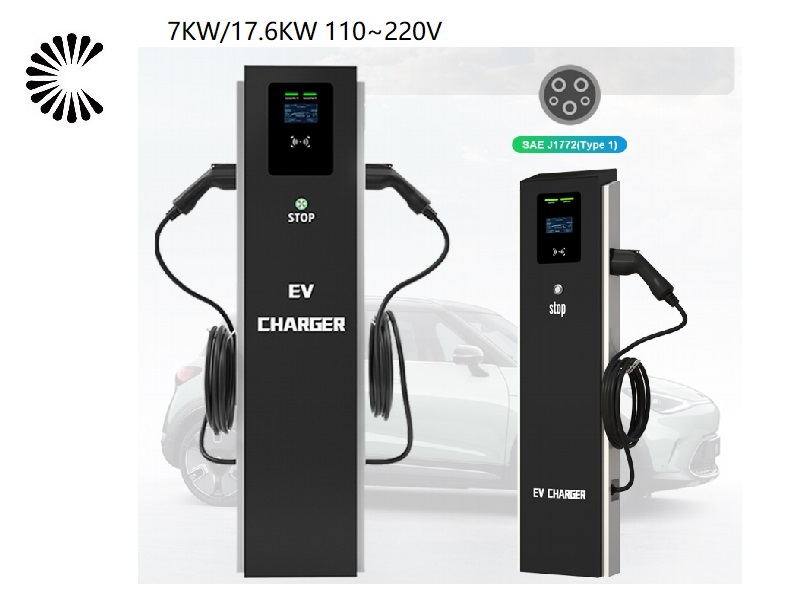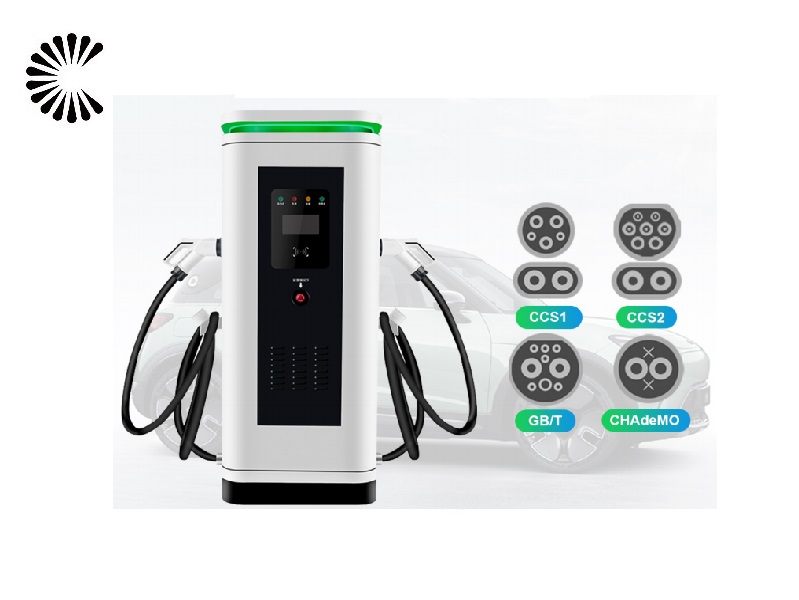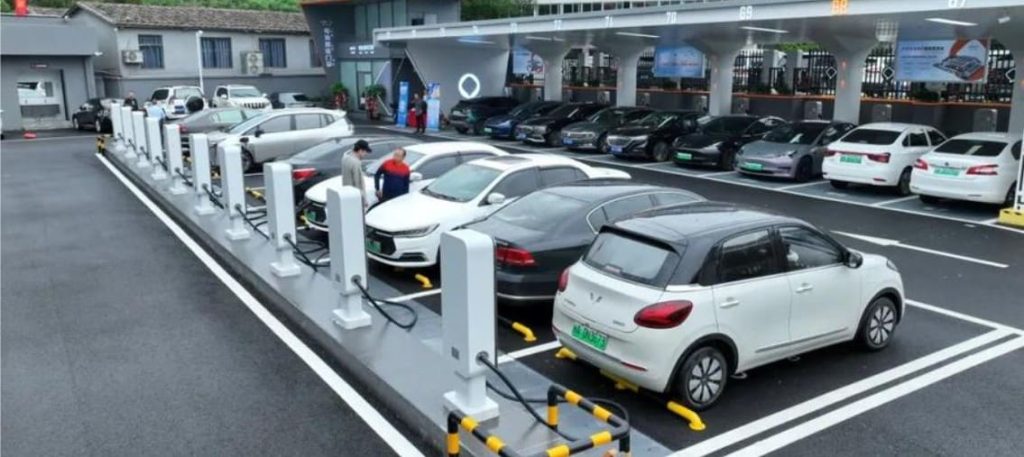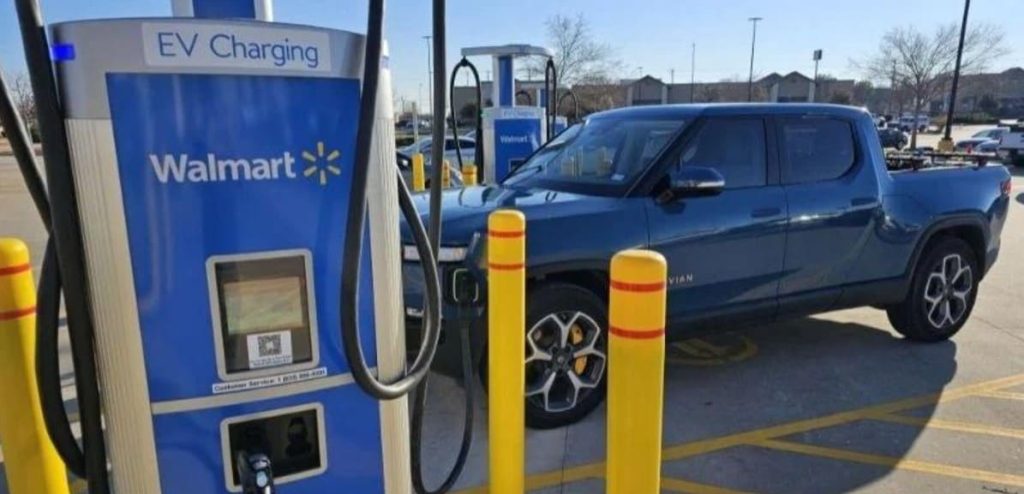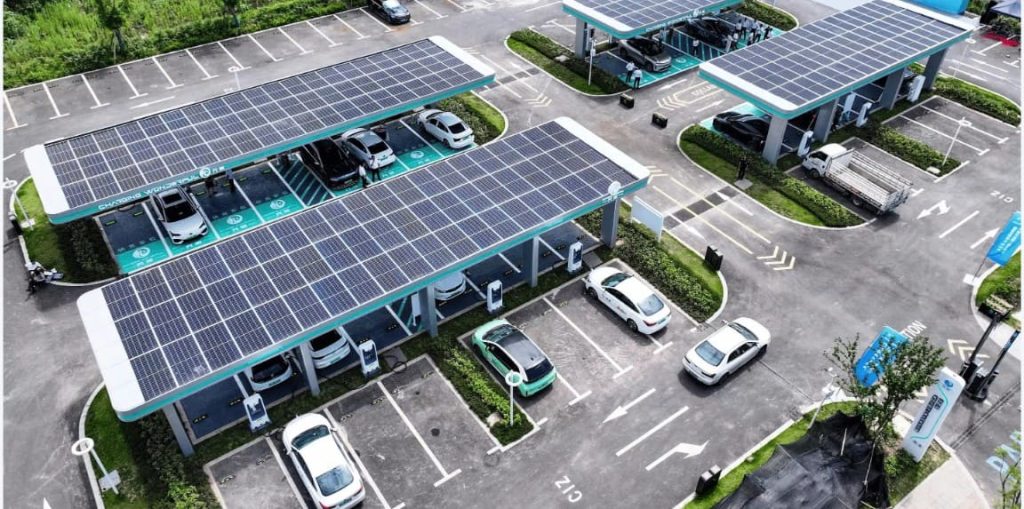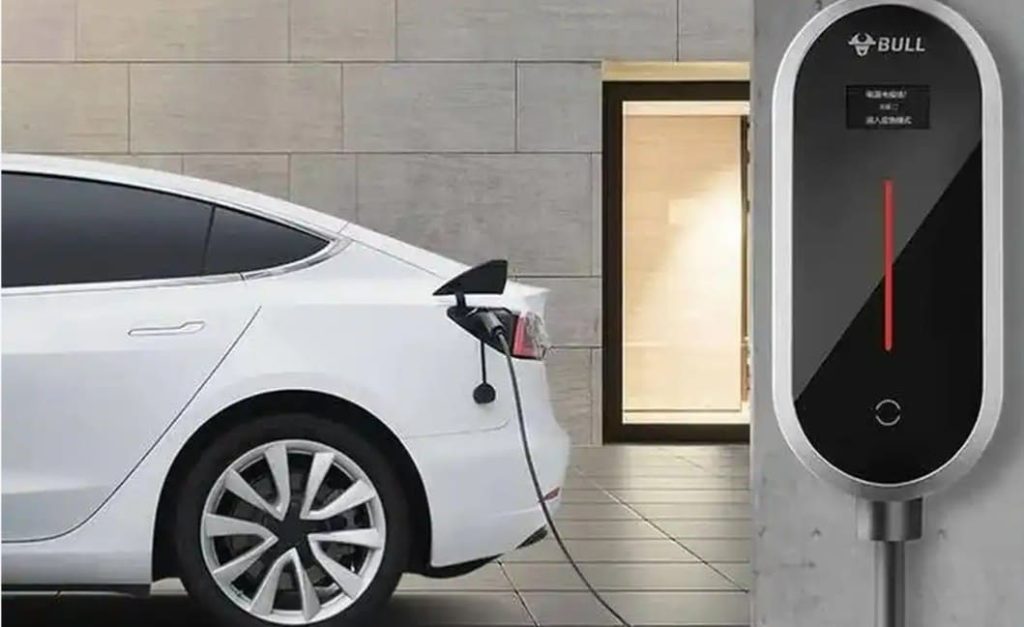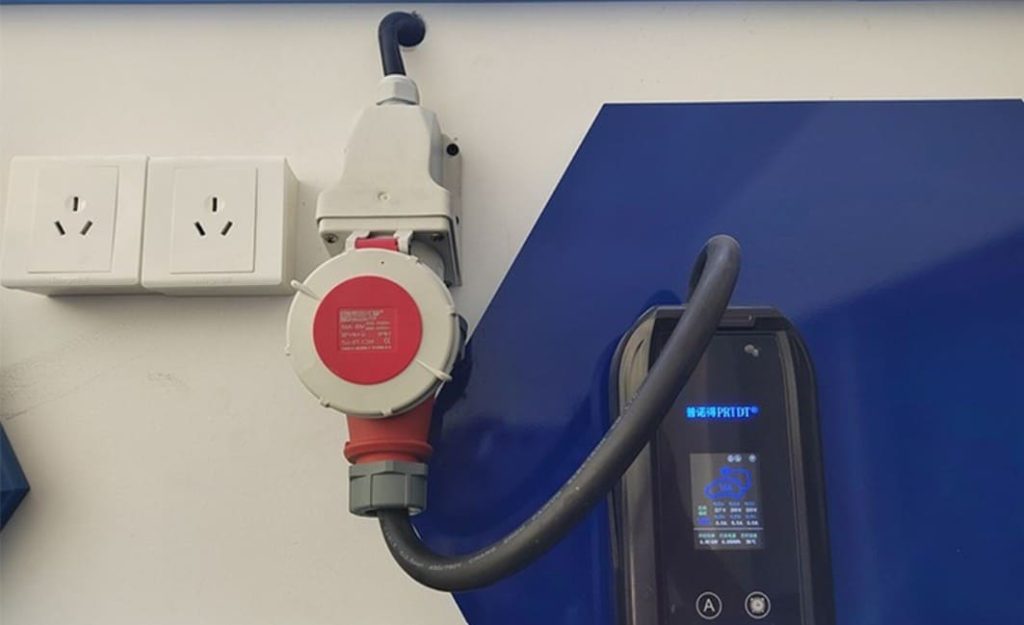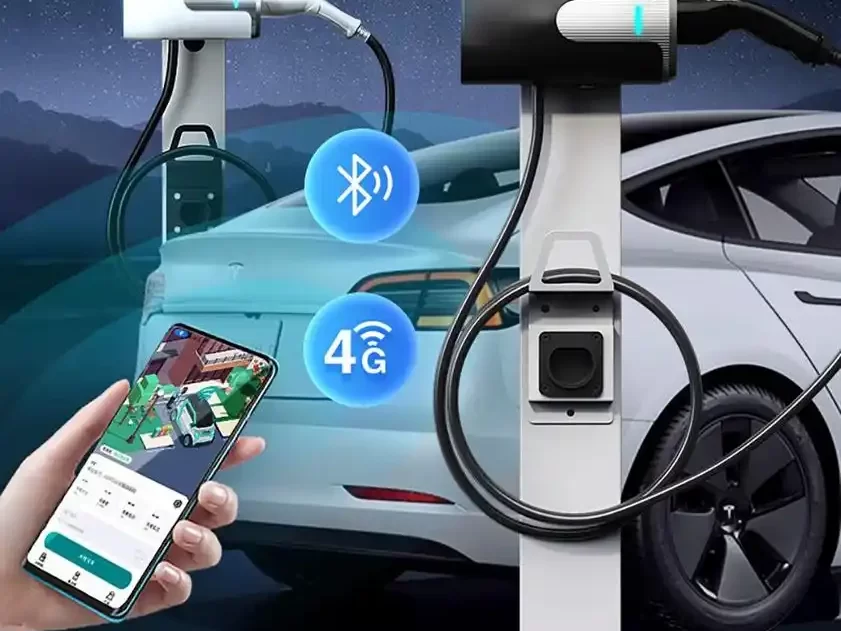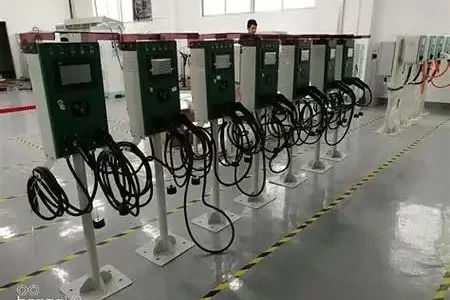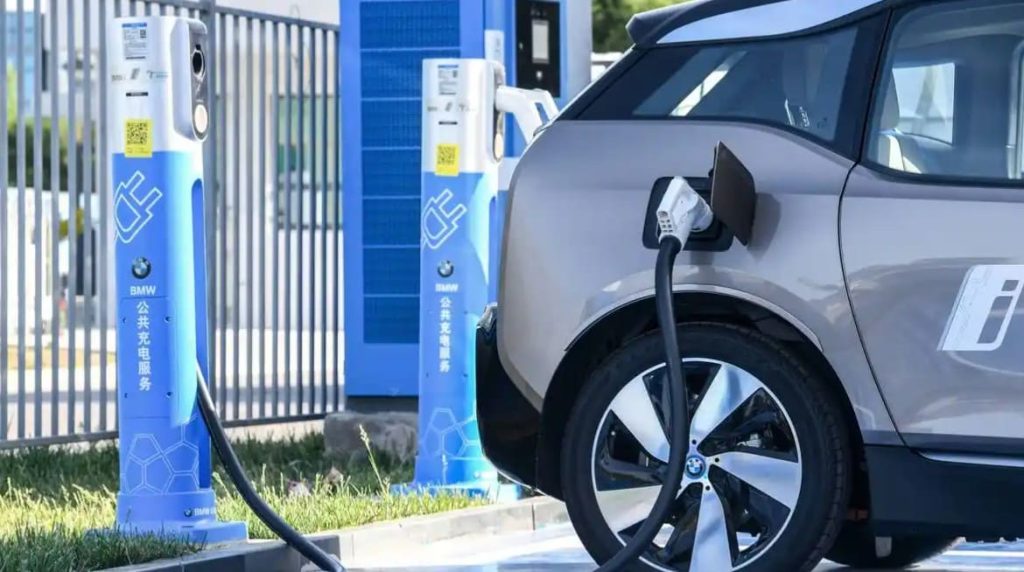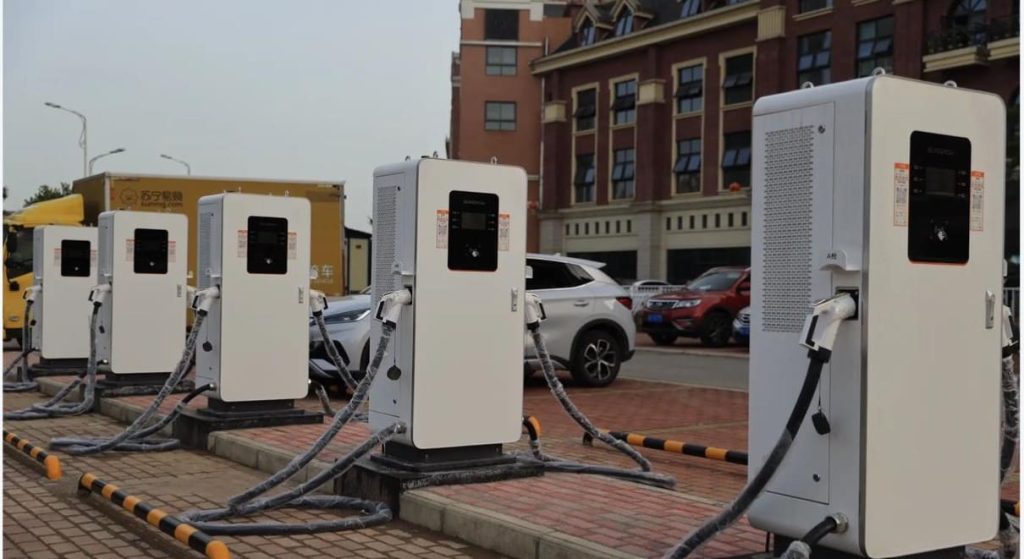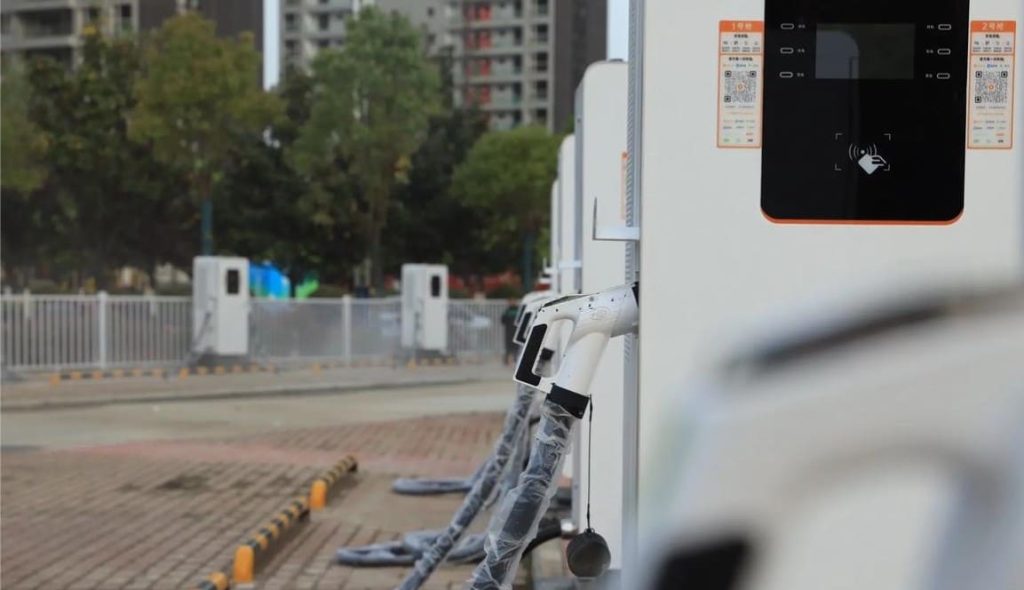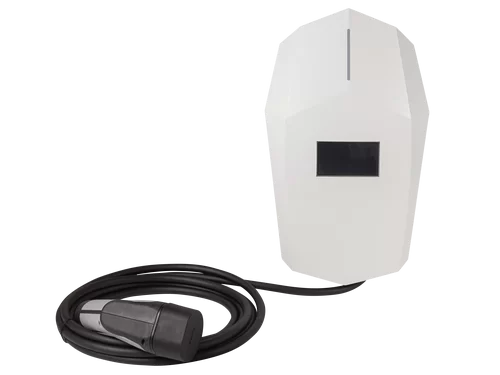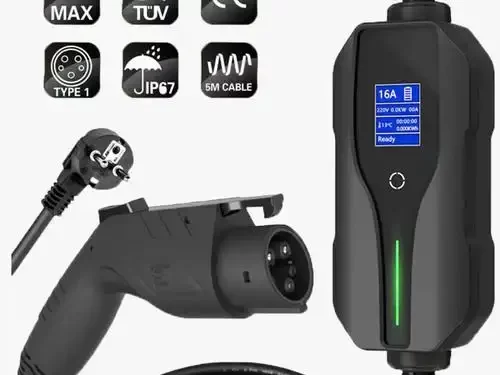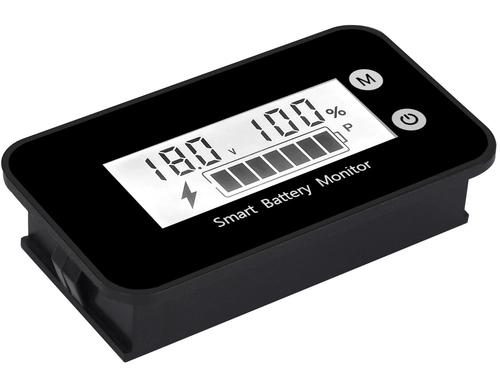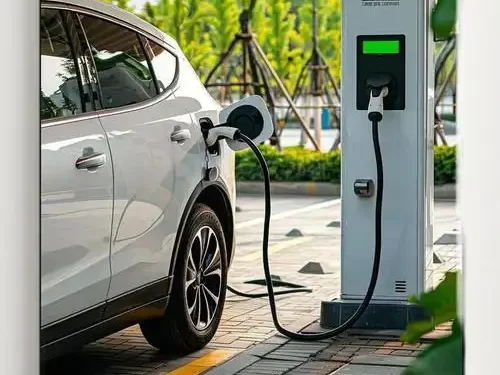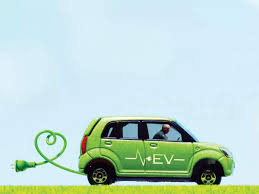EV Charger and Solar Panels
Take Advantage of Government Incentives for Solar Energy
As governments worldwide aim to expedite the shift away from traditional fossil fuels, they’re introducing various incentives to encourage homeowners to adopt renewable energy solutions, such as EV Charger and Solar Panels.
These incentives can take diverse forms, ranging from direct subsidies that reimburse a portion of the installation expenses, more favorable tariffs for purchasing electricity through net metering, to tax rebates or reduced tax rates on energy bills.
For instance, in the United Kingdom, homeowners who install solar panels benefit from a guaranteed feed-in tariff, ensuring they can sell excess energy they generate at an appealing price. Similarly, the Netherlands enables residents to contribute solar-generated energy back to the grid at the full tariff rate. In the United States, many states offer subsidies and tax credits in addition to a federal tax rebate.
The availability of these incentives varies significantly based on your country, region, and local governing body. However, in general, these incentives can substantially curtail the expenses associated with installing solar panels on your residence. It’s important to note that in addition to incentives for solar power, numerous countries extend benefits for setting up an EV charging station, further diminishing costs if you’re utilizing solar energy for EV charging.
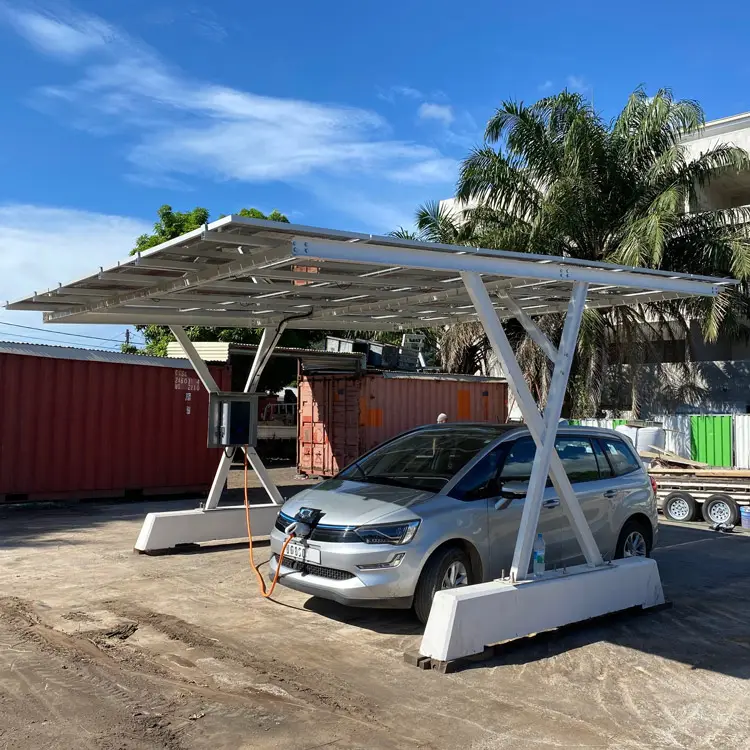
The Future of Solar Energy: A Sustainable Transition
In the ongoing global effort to move away from energy sources that contribute to carbon emissions, renewable options like solar energy are poised to become increasingly vital components of our power generation. Solar power presents an appealing avenue for households to curtail energy expenses, attain grid independence, and secure access to environmentally friendly electricity.
Solar panels, seen up close, hold the potential to revolutionize the way we generate and consume power. As the sun sets, the backdrop features the skyline of a contemporary city with towering skyscrapers.
The integration of solar panels with electric vehicles introduces an additional layer of financial benefits. This integration empowers you to leverage the solar energy you produce to charge your electric car. The concept of smart charging further enhances these savings, offering precise control over the charging procedure and ensuring optimal energy utilization. To delve deeper into the nuances of smart charging, explore our comprehensive blog.
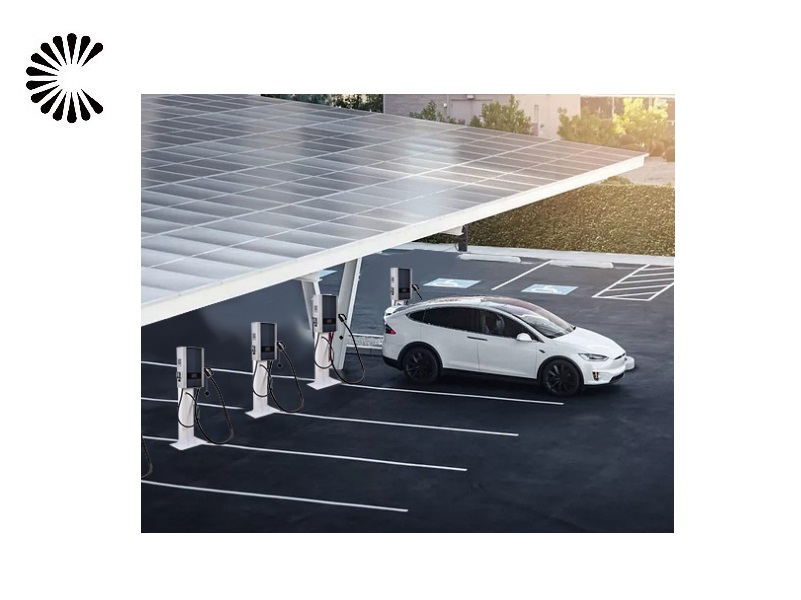
FAQ for EV Charger and Solar Panels (Click to See More FAQ)
Soalr EV Charger for Sale:
Our EV Charger Factory Introduction:
| Business Type: | Manufacturer/Factory | Main Products: | EV Charger |
| Number of Employees: | 100 | Year of Establishment: | 2014.05 |
| Production Capacity | 5000Set/Year | After-sales Service: | Technical Support; on-line teach lessons |
| R&D Capacity: | ODM, OEM | Annual Output Value: | US$5 Million – US$10 Million |
| No. of R&D Staff: | 5 | No. of Production Lines: | 6 |
ChargersGO Factory is a reputable manufacturer specializing in Electric Vehicle (EV) Chargers. Our extensive product range includes slow chargers, fast chargers, DC EV Chargers, AC EV Chargers, commercial EV Chargers, home chargers, and EV chargers of various levels, including level 1, level 2, and level 3. All our products adhere to strict China GMP design standards, ensuring top-notch quality and performance. Additionally, we take pride in securing various certifications to ensure the reliability and safety of our chargers.
Business Philosophy
“Quality is the main policy of sales” and “integrity is the principle of success” are the business philosophy of our people. We carry out one-year warranty, lifelong maintenance service, with technical consultation and other services, and long-term supply of equipment. Welcome new and old customers to negotiate cooperation!
Production Process:
The production of an Electric Vehicle (EV) charger entails a meticulous process aimed at delivering top-notch quality, safety, and performance. It involves several essential stages:
By adhering to this comprehensive production process, EV charger manufacturers ensure that their products are efficient, reliable, and safe, contributing to the broader adoption of electric vehicles and sustainable transportation.
By following a well-structured production process and adhering to strict quality standards, manufacturers can produce high-quality EV chargers that contribute to the growth of electric mobility and a greener, sustainable future.

Certifications:

Small EV Charger Packing:
Retail and Wholesale Packaging of Small EV Chargers for Shipment
Retail Small EV Charger Shipment:
For retail orders, Small EV Chargers are shipped using express shipping methods.
Wholesale Small EV Charger Shipment:
For wholesale orders, Small EV Chargers are carefully packed in export fumigation-free wooden cases, suitable for bulk shipments or container transportation.
The primary objective of these packing measures is to safeguard the Small EV Chargers from any potential damage during sea shipment, ensuring they arrive at their destination in optimal condition. Employing correct packing procedures and utilizing high-quality materials minimizes the risk of harm during the journey.
Packing a Large EV Charger for Sea Shipment: Ensuring a Safe Voyage
Packing a large EV charger for sea shipment is a meticulous and demanding process, but with meticulous planning and precision, it can be done effectively to guarantee its safe arrival at the destination. Below are the essential steps a manufacturer may undertake when preparing a large machine for sea shipment:
Overall, packing a large EV charger for sea shipment demands precision and adherence to proper procedures. Employing high-quality materials and meticulous attention to detail ensures the machine’s safe and intact arrival at its intended destination. For added assurance, consulting a professional packing and shipping company can guarantee the machine is expertly packed and ready for its sea journey.


Installing an Electric Vehicle (EV) Charger requires careful planning and consideration to ensure a safe and efficient charging experience. Here is a step-by-step guide to the installation process:
It is crucial to have a licensed electrician perform the installation to ensure compliance with electrical codes and safety standards. Additionally, some EV charger manufacturers offer professional installation services, which can provide peace of mind and ensure a smooth and trouble-free installation process.

Applications of EV Charger Level 3
EV Charger Level 3 serve essential applications:
Some common applications of Level 3 EV chargers include:
In essence, Level 3 EV chargers are vital for scenarios where EVs need to be charged quickly and efficiently to meet the demands of busy individuals, travelers, commercial operators, and public transportation services.
It is appplicable for all kinds of charing protocols, Suitable for all kinds of new energy vehicles on the market,Applicable to a variety of electric vehicles, electric buses,Forklift,golf cartsightseeing cartractor, etc.
| CHAdeMO | Nissan leaf&NV200, KIA soul, CITRONEN C-Zero%Bendingo, Peu geot On, Mitsubishi l-Mev&outlander, Geely TX electric Taxi,Zero Motorcycles, Tesla Mode S(need adapter) |
| CCS | BMW i3,VW e-golf&e-up, Jaguar ipace, Tesla model 3, Hyundai ioniq&kona, Audi e-tron, OPEL ampere e, Chevrolet spark, Geely TX electric Taxi,Ford focus, Renault new Zoe |
| GB/T | BYD, BAIC,Chery, Geely, Aion S, MG, Xiao Peng, JAC, Zotype etc. |
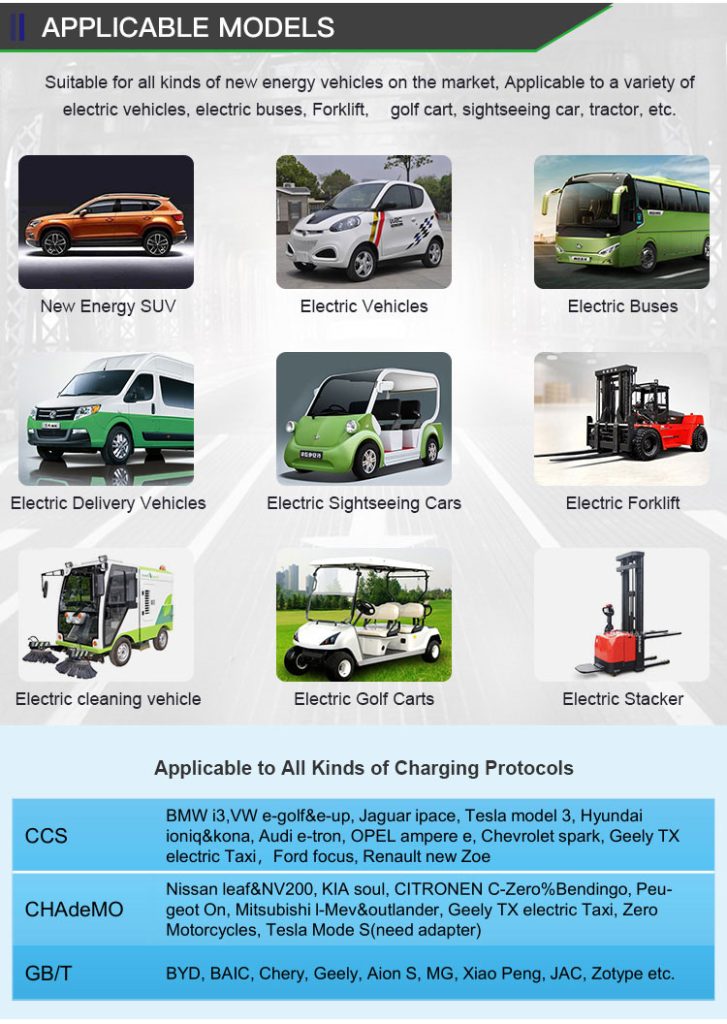
Advantages of Installing Solar Panels for EV Charging:
Environmental Benefits: Solar panel charging contributes positively to the environment. While EVs are cleaner than traditional fossil fuel-powered vehicles, their ecological impact can diminish if charged using electricity from coal-fired power sources. Solar panel charging enhances the overall environmental advantages of driving an electric car.
Sustainable Generation: Once your solar photovoltaic (PV) system is installed, it continues to generate electricity for years with minimal maintenance requirements. According to Energy Saving Trust, a typical home solar PV system could save approximately one tonne of carbon annually.
Cost Savings: Solar panel charging is cost-effective compared to grid electricity. Often, the expense of generating your own solar power is lower than purchasing electricity from the grid. This can lead to long-term savings on your EV charging expenses. Energy Saving Trust estimates that an average 4kW solar array in the UK can result in savings exceeding £400 per year.
Adequate Charging Capacity: Solar PV systems can generate ample electricity to fully charge an electric car. A standard residential solar PV system can produce approximately four kilowatts of power, which is sufficient for charging an electric vehicle.
Energy Bill Reduction: Domestic solar PV systems not only help cut your EV charging costs, but they can also lead to reduced overall energy expenses. If your system generates more electricity than you consume, you have the option to sell surplus power back to the grid, further trimming your energy bills.
Drawbacks of Solar Panel EV Charging:
Initial Investment: The installation of solar panels involves an initial financial investment, which could be a deterrent for some individuals. While the long-term savings are substantial, the upfront costs may require careful consideration.
Weather Dependence: Solar panel charging relies on sunlight availability, meaning it may not be as effective on cloudy or rainy days. This weather dependency can impact the consistency of charging rates.
Space Requirements: Installing solar panels necessitates available space on your property, typically on your roof. If you lack sufficient roof space or live in an area with shading issues, the effectiveness of solar panel charging may be compromised.
Energy Storage: To maximize solar panel charging benefits during non-sunlight hours, an energy storage solution (such as a battery) is often required. This additional investment may be needed to ensure consistent EV charging.
In weighing these pros and cons, individuals can make informed decisions about adopting solar panel charging for their electric vehicles.
Solar EV Charger Wholesale Manufacturer In China
Solar EV Charger is celan and convenience. It is definitely the future of charging way. ChargersGO is the manufacturer and wholesaler for EV Charger Level 3. Please feel free to contact with us.


